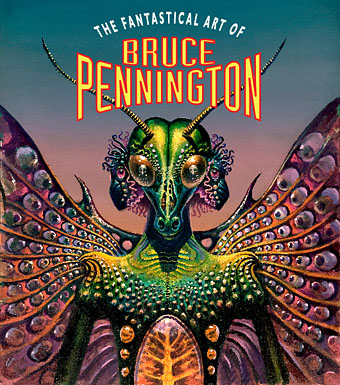One of the hazards of discussing book cover art is that the covers don’t always travel very far outside their country of publication. Consequently, cover artists who seem ubiquitous to one group of readers may be unknown to those elsewhere unless they chance to find an imported paperback.
The work of British artist Bruce Pennington was very familiar to UK readers of SF, fantasy and horror paperbacks during the 1970s and 1980s, especially on titles from New English Library. Despite being active since the 1960s his work is only now receiving its first public exhibition at the Atlantis Bookshop in Museum Street, London, in a small show which will run throughout August. The battered paperbacks shown here are ones from my own collection that were immediately to hand, so they’re not necessarily representative of the full range of his art.
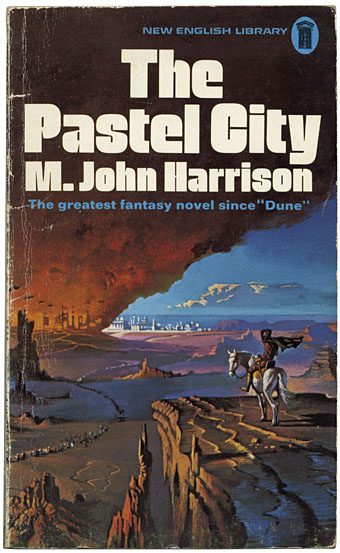
Pennington’s work stood out for me in the 1970s in part because his covers often seemed better than the books they were decorating. They also tried to illustrate the story in some way, unlike his far more popular contemporary Chris Foss whose bloated spacecraft could easily be swapped from one book to another without anyone noticing. Pennington’s painting for Harrison’s The Pastel City, for example, is a lot more directly illustrative than the vague design by Wendell Minor which Doubleday used on their US hardcover. It’s also a good example of Pennington being as apocalyptic as he was fantastical, showing his predilection for ruined cities lying under a pall of smoke while flying saucers infest the skies. In an interview he credits painters such as Hieronymus Bosch, John Martin, Henry Fuseli and Richard Dadd among his influences, as well as the effects of modern photography.
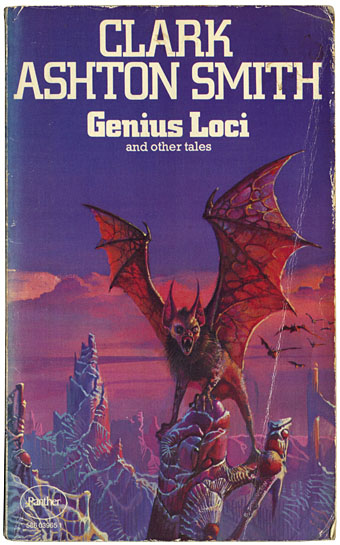
Other signifiers of the Pennington style are his arid and spiny landscapes whose vivid colours suggest illumination by alien suns or exotic chemical atmospheres. Many of these landscapes are unique in their biomorphic extravagance, with porous towers of some hybrid mineral and organic material that place his work closer to Surrealist paintings such as Max Ernst’s The Eye of Silence than the SF art of the period. These vistas are frequently populated with long processions of identical people or objects: warriors, standards, vehicles, birds, even planets. His technique in the 70s tends to be a lot sketchier than an art director would allow today when detail and polish are in greater demand, but the dissolves into haze and distance leave space for our imaginations to play.
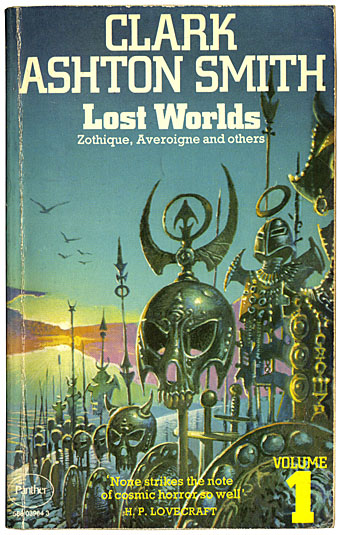
The apocalyptic side is very much to the fore in Eschatus, a book of paintings from the mid-70s based on the Revelation-like prophecies of Nostradamus. Dragon’s World/Paper Tiger published this in one of their large-format editions, and while the prophecies and their interpretation never made any sense to me, I was fascinated by the visions on display. A couple of other Pennington collections followed, of which Ultraterranium: The Paintings of Bruce Pennington (1991) will be of most interest to readers here, a gathering of the artist’s cover art together with some marvellous personal work which shows how Pennington’s imagination doesn’t always require a fictional inspiration to sustain it.
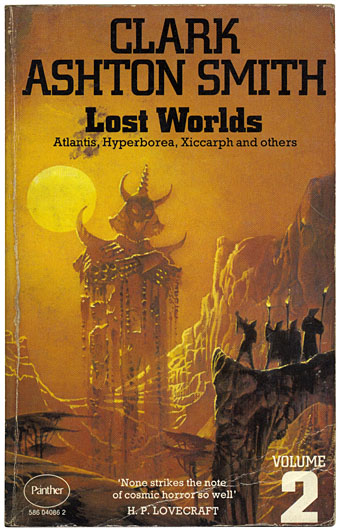
If the Atlantis Bookshop seems a curious venue for an art exhibition it should be noted that this isn’t the first time Britain’s most famous occult bookshop has filled its walls with pictures; their dedication to fantastic and visionary art sets them apart from the corporate stores. In M. John Harrison’s novel The Course of the Heart the book’s dishevelled urban magus, Yaxley, is described as living in a flat above the Atlantis Bookshop, so it seems a fitting venue when one of Pennington’s early covers was for a Harrison novel. The Pastel City painting won’t be on display but if you’re in London this month you can see these works, many of which are for sale, together with a range of signed prints.
The exhibition runs to August 27th. For those who can’t attend, however, the artist’s website has several galleries of his work.
John Coulthart is an illustrator and graphic designer. His collection of Lovecraft comic strip adaptations, The Haunter of the Dark and Other Grotesque Visions, is published by Creation Books.










